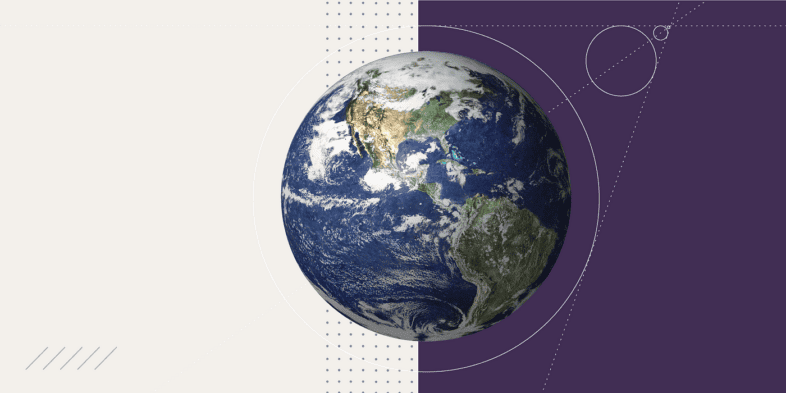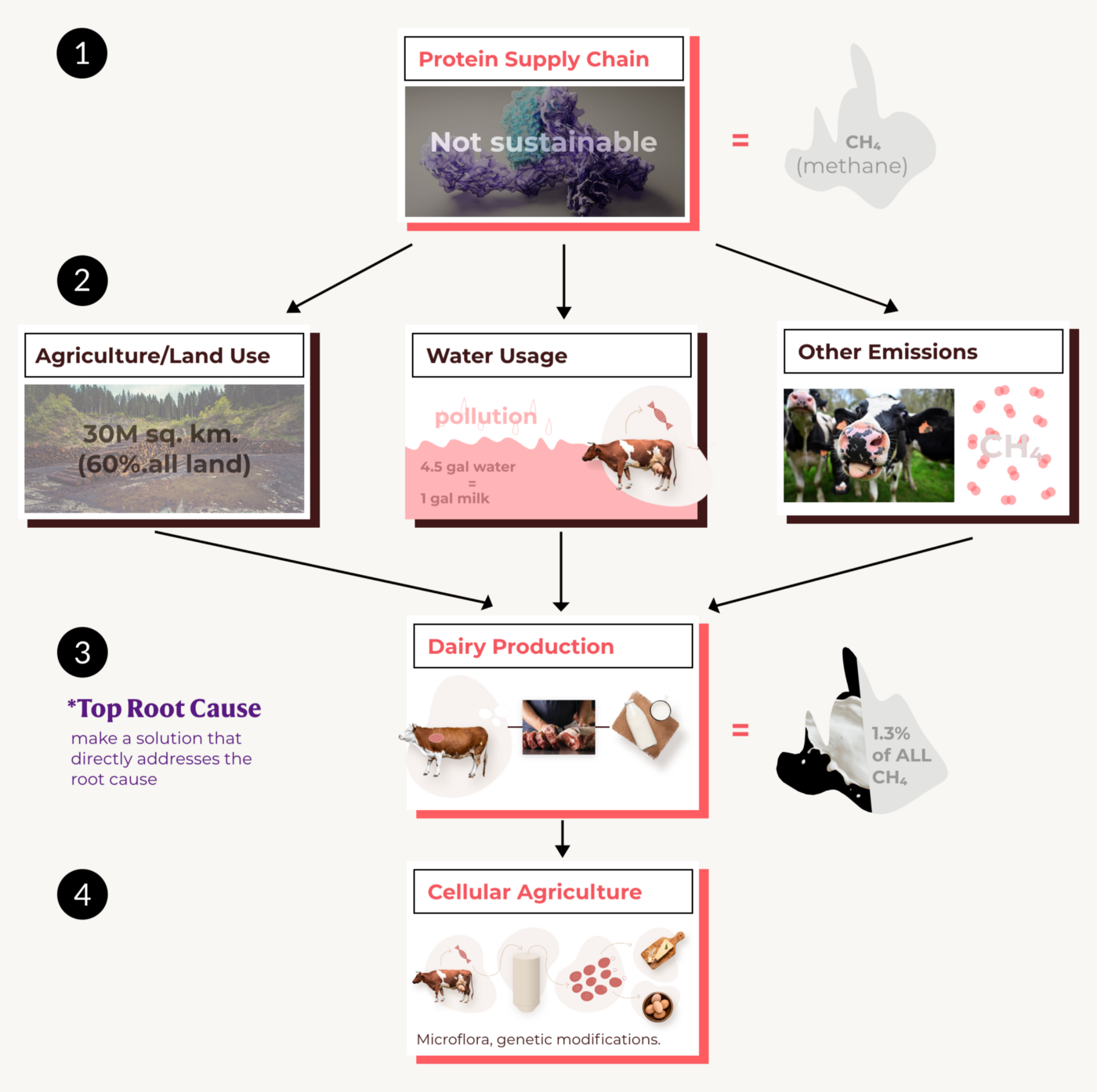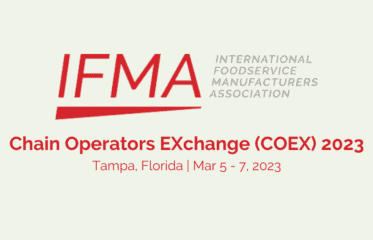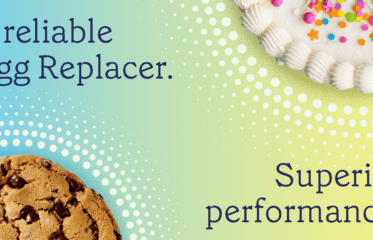Our Ongoing Commitment to Sustainability

Last April, we shared an ISO-certified, third-party validated life cycle assessment, which found that our animal-free whey protein production process resulted in up to 97% fewer greenhouse gas emissions than conventional dairy protein.
Alongside that report, we also introduced our Sustainability & Health Advisory Council (SHAC), a group of experts in their fields guiding us on matters of health and wellness, the environment, animal welfare’s impact on the food system, cultural matters surrounding alternative proteins, and more. As part of that announcement, we committed to continuing to understand our impact and invited our advisors and community to hold us accountable to acting on the results.
In the months since we shared that first look at our impact, we’ve had important and motivating conversations with our people and with the many innovators eager to push us. The result? A deeper drive to further understand our impact and the perspectives of those who stand to inherit our climate future.
Further Analyzing our Impact
We started by analyzing our greenhouse gas numbers because that’s where traditional production methods have the greatest negative impact on our planet. But we committed then that we wouldn’t stop there. So, we extended our life cycle assessment to include non-renewable energy use and blue water consumption. That analysis found that our protein production reduces non-renewable energy use by at least 29% and up to 60% and blue water consumption by at least 96% and up to 99%, compared to traditional production methods.
We believe partnering with existing leaders is the way to make kinder and greener a reality in the near term. So we looked at what would be saved if Perfect Day protein was used in just 5% of the products in dairy aisles in the US. This new analysis shows that in addition to saving the equivalent of the GHG emissions from 2.7M cars, together with our partners we’d also save the equivalent of the power it would take to light the Eiffel Tower for 130 years and the water it would take to fill 1.4M Olympic swimming pools.
And while we’re thrilled by the opportunity to have impact together today, we know we can do even more tomorrow. Utilities are the biggest driver of both our greenhouse emissions and non-renewable energy use, and we are already hard at work analyzing how we could make those numbers even better. As we take more control of our manufacturing facilities, we aim to reduce our reliance on the grid, which is made up of largely non-renewable energy sources.
Listening to our Future Leaders
Our SHAC launched with the perspective of Gen Z’er, Okezue Bell, whose passion, creativity, and energy inspired us to seek the perspective of more of our future leaders. We spent time listening to a Gen Z’ers already hard at work creating a greener tomorrow and decided to form a dedicated Gen Z Subcomittee on our SHAC, with three new members joining Okezue Bell: Sayyida Rania Hashim, Sofia Sanchez, and Sriya Chintalapalli.
We’re energized by this group’s optimism for sustaining our planet, and they’ve already begun pushing us to find new ways to extend our impact and resonate with those who have the most at stake in our climate future. For a glimpse at that inspiring perspective, we’ve included below a post by our founding Gen Z member, Okezue Bell — who makes it clear that we’re just at the beginning of what he, the rest of our Gen Z panel, and an entire motivated generation, can do for our shared future.
Providing a Framework for the Future of People, not Just Protein
By Okezue Bell
In our world today, we have so many issues that face us: pandemics like coronavirus, a lack of agricultural space in urban areas, racism, and water pollution from textiles, to name a few.
Even as the rate at which we innovate grows exponentially, the problems that we create also increase. It’s kind of paradoxical to think that the more technology we develop and the broader the information we understand, the more often we’ll encounter new and complex challenges to surmount.
Currently, Generation Z’s (as well as Millennials) like myself have the moral high ground; we didn’t cause a majority of the big dilemmas there are today, such as climate change, yet we’ll be on the extreme receiving end of them. Therefore, we take it upon ourselves to develop solutions with longevity, high efficiency, and great consumer acceptance.
As young people, one of the most important questions we should constantly be asking ourselves is: “did we tackle the root causes?” We’re the future of so many industries, and can create the solutions to so many problems, so it’s crucial that we understand what it means to solve a problem effectively, and how to think.
Being a 15-year-old myself, this sometimes doesn’t always seem like the most important question at the moment, but trust me, it is. When we’re able to strip down a challenge to its most fundamental constituents, that’s when we come up with the best possible way to combat it. Perfect Day’s technology is a, well, perfect example.

Perfect Day started off by identifying a broader issue, which was that the protein supply chain was not sustainable (see 1 in figure above). Then, it was narrowed down to one specific protein product that has a lot of negative environmental ramifications when produced: dairy.
(2) The effects of dairy could be segmented to agriculture/land use, water consumption, and methane (and some CO₂) emissions as a product of factories and over-milking cows. For example, using our dairy production methods of today, it takes 4.5 gallons of water to produce 1 gallon of milk. Not the best trade-off, huh?
(3) Then, we go deeper, we ask, “why is milk production only 22% water efficient?”, or “why does it require so much land to produce milk?” Well, it’s because of our process. Traditional dairy production costs tons of resources because it requires lots of manpower to keep cows trapped in stables and hooked up to milking machines that drain them dry. Production methods also involve a host of other unhealthy practices, such as injecting the cows with hormones, or processing the milk they produce.
Ultimately, we can conclude that milking cows isn’t the optimal way to produce milk for 7B+ people, and that we need a sustainable and high-throughput alternative. Looking at the elements of the problem we’ve identified, we can determine that the solution (4) should have the following characteristics:
- Financially Scalable: Of course, the first try at the product isn’t going to be perfect. However, the blueprint of the solution should allow the production costs to decrease over time to the point at which it can be mass-produced at a reasonable price.
- Animal Friendly: This solution shouldn’t require the captivity or injection of cows, as this is both harmful to the consumer and the animals themselves. If cows are involved, it should be in a way that doesn’t pose a health risk, or require multiple artificial enhancements. This also means that cows shouldn’t be the main source of the proteins.
- Biologically Identical: Despite the process of harvesting dairy being environmentally detrimental, the final product itself (milk, and perhaps cheese, butter, etc.) is beneficial. The dairy produced should have the same — if not better — nutritional value, taste, texture, and use.
- Sustainable: Probably the most apparent of the four, the product shouldn’t require copious amounts of land, water, and energy.
And that’s microflora-based dairy all over.

Instead of directly using the cow’s protein, Perfect Day’s technology leverages the cow’s genetic potential by harmlessly taking the genes that allow cows to produce casein and whey (the primary proteins in milk), and incorporating them into bacteria or fungi (microflora), and then fermenting them so that they can also produce milk proteins, much like cows do. Since protein is responsible for giving dairy much of its distinguishable behaviors, the final product is the same!
If you want to know the specifics of how the technology works, check out Perfect Day’s Knowledge Base on technology.
The key takeaway here is that young people have this amazing ability to soak up information; one of the biggest ways it can be leveraged is by providing insights via mental models like root cause thinking and first principles. This means we break down a problem to its fundamental parts, and create solutions around those root causes.
Using this mindset, we get a strong potential solution to a rather complex and multi-pronged problem. Another benefit of being in the right frame of mind during ideation and R&D is that the result is often multipurpose.
Though Perfect Day’s focus is on the dairy industry, microflora-based technology is broadly applicable. Microorganisms can be incorporated with a variety of protein-producing genes, so, conceivably, much of the protein supply chain can be replaced with this technology, starting with dairy.
Another important part of this framework to keep in mind is scaling impact. It’s vital that we don’t become complacent in the fact that we now have an actionable solution, and do our best to broaden its scope of impact, and present it in a way that will appeal to a larger demographic, which is why having diverse perspectives from young people, people of color, etc. can be so beneficial.
For example, working with The Urgent Company and other brands looking to become more sustainable, Perfect Day is collaborating to make consumer packaged goods (CPG) in order to increase availability of animal-free products and magnify the broader supply chain impacts.
Being that the problem with food production extends to so many causal effects, we’re able to increase the impact of alternative protein beyond cutting down greenhouse gases. A key example of this is with the zero-hunger Sustainable Development Goal (SDG) proposed by the United Nations

With over 690 million people not having consistent access to food, the problem of world hunger is raging rampant. However, the nature of using microflora to produce milk, a nutrient-rich liquid, means that we can use industrial-grade bioreactors to produce dairy for children in both developing countries and urban areas with limited agricultural space! We could feed millions of people while decreasing the amount of energy it would usually take to do so.
Taking this a step further, partnering with intergovernmental organizations (IGOs) such as the Food and Agriculture Organization (FAO), the International Fund for Agricultural Development (IFAD), and the World Food Programme (WFP) could mean we could forge international efforts to feed the population.
Having protein-dense products means that we can give smaller servings to individuals while still allowing them to meet nutritional requisites and stay healthy and strong! That, coupled with our existing environmental benefits, brings a really exciting prospect in using our technology for good.
To view our current product health and sustainability benefits and life cycle, feel free to check out our Greenhouse Gas Life Cycle Analysis (LCA)!
Of course, also educating people on these technologies is so important, and you as a young person, or someone who’s into this kind of stuff should be doing the same! Tell your friends about alternative protein and world hunger. Tweet about the future of food! Read articles and learn about why and how changing our protein supply chain is so important!
Perfect Day’s, and my, goal in working on these green technologies is what we like to call an altruistic method, where we’re developing something that, if scaled well, can help millions, if not billions of people. Imagine what we could accomplish together! If you’re as excited as I am, feel free to shoot me a message here.
We’re not just obsessing over the science (even though it’s cool). We’re really focused on fostering the thinking, solutions, and mental models that the upcoming generations can leverage to effectively counter the increasingly difficult challenges we will face as time goes on.
To conclude, I urge you to keep posted on Perfect Day’s progress and invest in the future, because it’s approaching really, really fast. If we want to be prepared, then we have to stay informed. The food crisis is a massive, massive problem to tackle. However, with the right teams, approach, and thoughts, we can do it together.
Who knew the future of people could be protein?
References
“Towards food supply chain resilience to environmental shocks”, Kyle Frankel Davis et al., Nature Food Journal, 2021
“Future Protein Supply and Demand: Strategies and Factors Influencing a Sustainable Equilibrium”, Maeve Henchion et al., NIH NCBI, 2017
“Will Removing Dairy Cows Help Stop Climate Change?”, US Dairy, 2021
“Water use on dairy farms”, Faith Cullens, Michigan State University, 2011
“Meat and Animal Feed”, Global Agriculture, 2017
About the Author
Hey! My name is Okezue, a 15-year-old who’s very invested in the sustainability and climate-tech space; both in advocating and developing these technologies. I’m currently a part of Perfect Day’s Sustainability and Health Advisory Council (SHAC), as well as the founding member of Perfect Day’s Gen Z panel. Feel free to check out the other things I do on my website and connect with me on LinkedIn.
Article Credits
This article was written by and graphic design by Okezue Bell for Perfect Day Foods. Edits were done by Kathleen Nay.
We’d love to hear your thoughts!
Your email address will not be shared.


